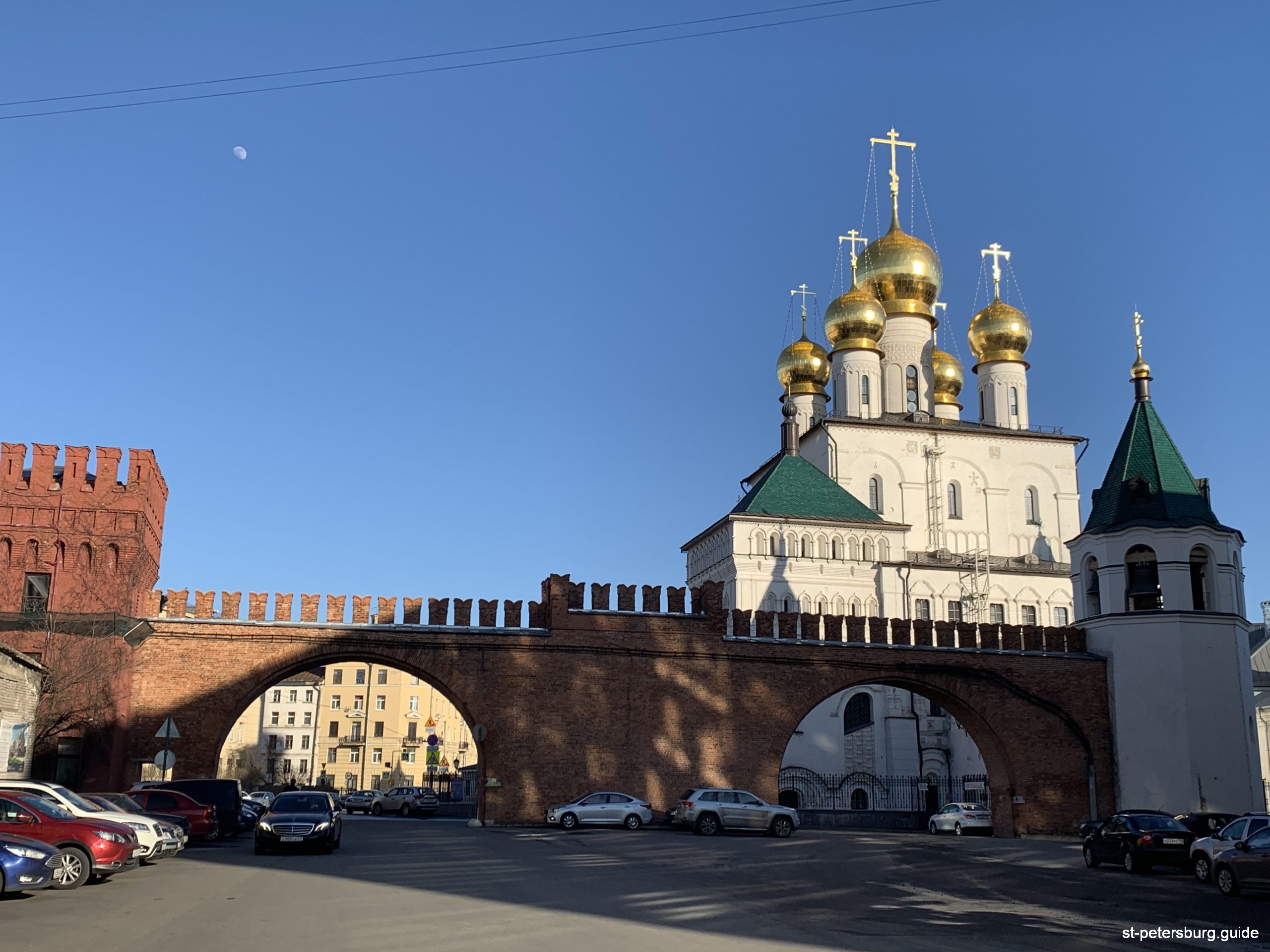Easter is the bright holiday of the Resurrection of Christ. As in the case of Christmas, the dates of celebration in Catholicism and Orthodoxy are different due to the Gregorian and Julian chronology.
This year it’s April 12 and April 19. But these are conditional differences. The main feast day of Christianity unites millions of people on the planet.
In Russian, the word ПАСХА (Easter) comes from Greek πάσχα, which in turn was borrowed from Aramaic. In addition, we call Пасха (Pasha) a treat traditionally served at the festive table. This dish of cottage cheese, butter, sugar and sour cream, believers cook only once a year. All ingredients are mixed and put into a special culinary form of a truncated pyramid, turned over, removed, and decorated with candied fruit, nuts, raisins.

Other traditional dishes for Easter are Easter bread or Easter cake, in Russian Kulich and Easter eggs. All this is prepared the day before, then consecrated in the temple and eaten on the feast after Lent.
Favorite fun for kids, of course, is to paint eggs. The traditional color is red, because according to the legend, Mary Magdalena came to the emperor Tiberius, having offered him an egg and said Jesus was resurrected! To which the emperor objected that he could not rise from the dead as this egg could not turn red. At that moment, the egg miraculously turned red. In Christianity, an egg is considered a symbol of life that arises from a seemingly dead object.
Even those who do not go to the temple that day will gather at the festive table and congratulate each other with the words: Christ is risen! Truly risen!


